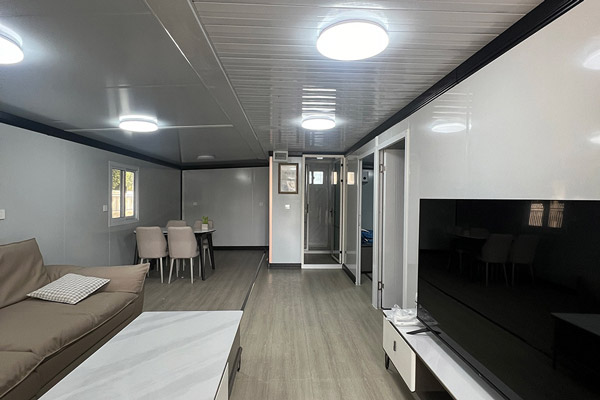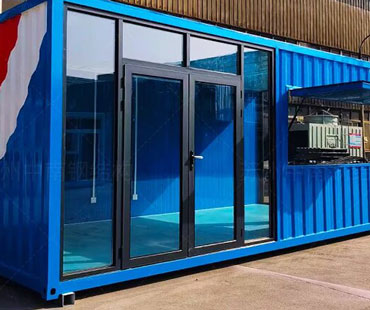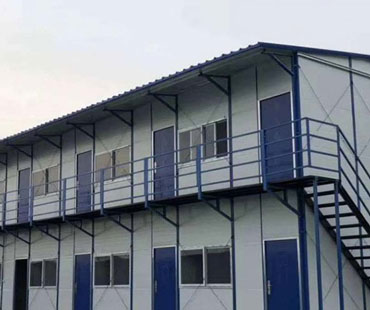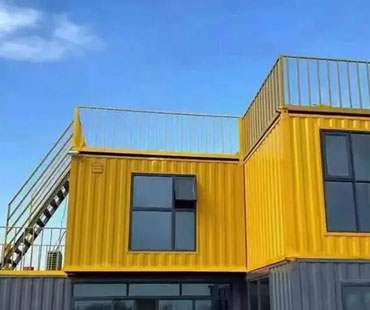Shipping container homes have gained immense popularity in recent years as a sustainable, cost-effective, and innovative housing solution. These homes, constructed from repurposed shipping containers, offer a unique blend of modern design and eco-friendliness. Below, we explore their benefits, design possibilities, and considerations for those looking to embrace this unconventional living style.
1.Benefits of Shipping Container Homes
-Affordability: One of the primary attractions of shipping container homes is their affordability. Compared to traditional homes, these structures can be significantly less expensive to build and maintain, making homeownership accessible to a broader audience.
-Sustainability: By repurposing shipping containers, these homes contribute to environmental sustainability. They recycle materials that would otherwise go to waste, reducing the carbon footprint associated with new construction.
-Durability: Shipping containers are designed to withstand harsh conditions at sea, making them highly durable and resistant to extreme weather. This resilience means that container homes can last for decades with proper maintenance.
-Customization: Container homes offer a high degree of customization. Homeowners can modify the layout, size, and aesthetic to fit their personal style and needs. Whether you want a single-container studio or a multi-container family home, the possibilities are endless.
-Mobility: For those who value flexibility, shipping container homes can be moved relatively easily. This mobility allows homeowners to relocate their residence without the hassle of traditional home sales.

2.Design Possibilities
-Modular Layouts: Shipping containers can be stacked or arranged in various configurations to create unique living spaces. Modular designs allow for open floor plans and multi-level homes, maximizing usable space.
-Incorporating Eco-Friendly Features: Many shipping container homes incorporate green technologies, such as solar panels, rainwater harvesting systems, and energy-efficient appliances, enhancing their sustainability.
-Unique Aesthetics: The industrial look of shipping containers can be complemented with various design elements, including large windows, green roofs, and wooden decks, creating visually appealing spaces that blend with nature.
-Interior Design: The interior of a shipping container can be designed to be comfortable and modern, with options for insulation, flooring, and furnishings that reflect the homeowner's personal style.
3.Considerations
-Zoning and Regulations: Before building a shipping container home, it’s essential to check local zoning laws and building codes. Some areas have restrictions on the use of shipping containers for residential purposes.
-Insulation and Weatherproofing: Shipping containers can be metal boxes that heat up quickly in the sun or become cold during winter. Proper insulation and weatherproofing are crucial to ensure comfort and energy efficiency.
-Foundation and Site Preparation: While shipping containers are sturdy, they still require a proper foundation. Preparing the site and ensuring proper drainage are necessary steps in the building process.
-Financing and Insurance: Obtaining financing for a shipping container home can be different from traditional homes. It's important to research lenders familiar with this type of construction. Additionally, insuring a container home may require specific policies tailored to non-traditional structures.
Shipping container homes represent a forward-thinking approach to housing, combining affordability, sustainability, and creative design. As more people seek alternatives to traditional housing, container homes provide a viable solution that aligns with modern values of environmental consciousness and innovation. Whether you’re considering building one as a primary residence, vacation home, or rental property, shipping container homes offer a unique and flexible living option for the future.


